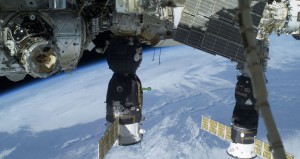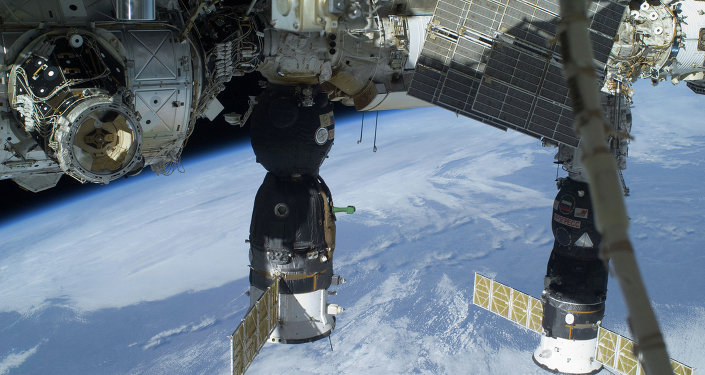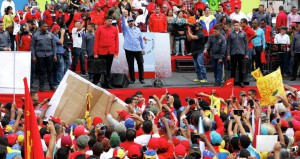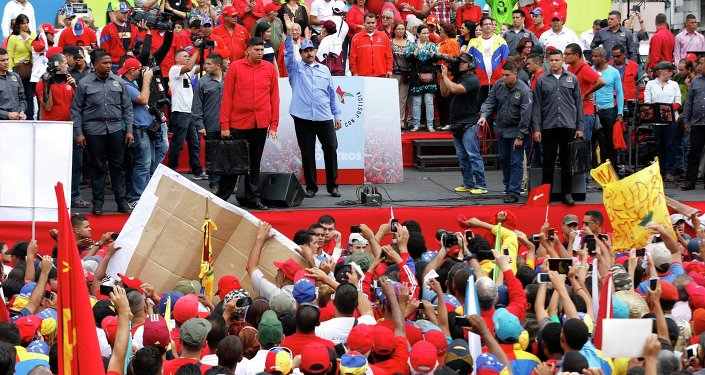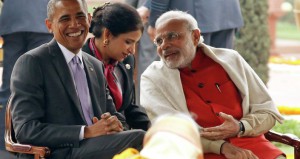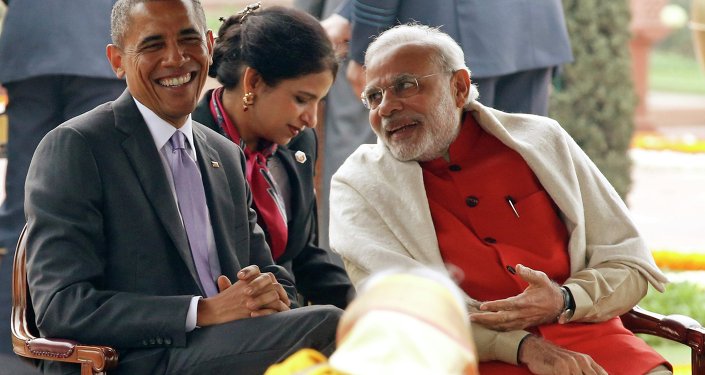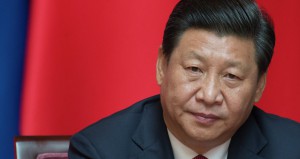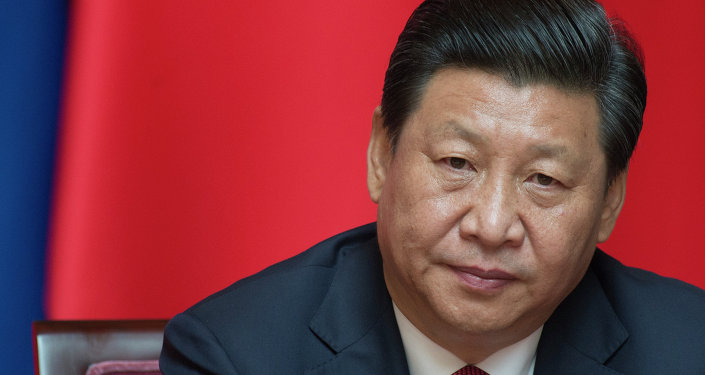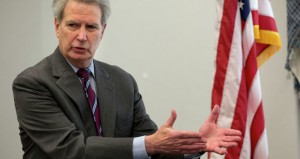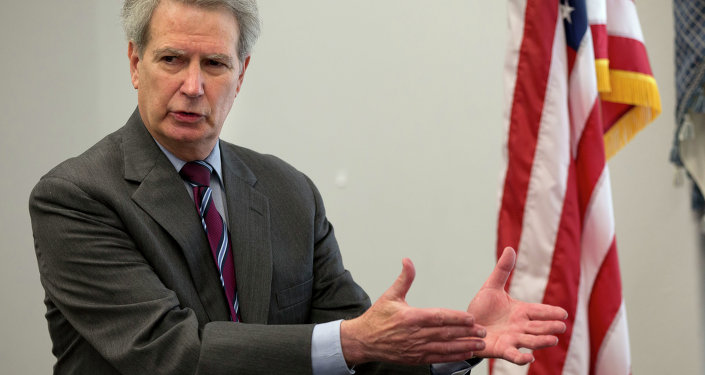The National Security Strategy (NSS) has a lot more to it than the media is letting on.
Aside from the rhetoric about American Exceptionalism and the gobbledygook about ‘values’, the NSS contains some valuable nuggets of information that can provide foresight into the US’ upcoming foreign policy moves. While the media has focused on the general Russian, ISIL, and Chinese components of the strategy, there’s in fact a lot more to it, and it literally affects the whole world. Some of the measures being proposed are bound to be seen as threatening by other states, and they’re expected to surely respond in some way or another.
A New Space Race
The document declares that the US “will also develop technologies and tactics to deter and defeat efforts to attack our space systems; enable indications, warning, and attributions of such attacks; and enhance the resiliency of critical U.S. space capabilities.” This amounts to the militarization of space, and Russia and China will obviously race to keep up.
More Color Revolutions
Section IV about “values” basically outlines the US government’s engagement of non-state actors all throughout the world, specifying that “defending democracy and human rights is related to every enduring national interest.” Not only will the US “support emerging democracies”, but in particular, it will “[provide] direct support for civil society” and “[identify] future leaders in government, business, and civil society and [connect] them to one another.”
All of this reads like a Color Revolution field guide, and in case there were any doubts about that, another section reminds the world that the US government will “stand by the citizens of countries where the full exercise of democracy is at risk, such as Venezuela.”
Global Alliance Systems
The cornerstone of the US’ new strategy is to “mobilize collective action” whenever possible and work with “capable partners” (‘Lead From Behind’). They specifically single out the following allies for each region:
Europe:
Current: NATO
Prospective:
The US will “steadfastly support the aspirations of countries in the Balkans and Eastern Europe toward European and Euro-Atlantic integration” (a euphemism for NATO expansion).
When the US says that it “will support partners such as Georgia, Moldova, and Ukraine so they can better work alongside the United States and NATO, as well as provide for their own defense”, it’s basically talking about NATO interoperability and the expansion of Shadow NATO.
Asia:
Core Members:
Japan, South Korea, Australia
Peripheral Members:
Philippines, Thailand, New Zealand
Deepening Partnerships:
India, Indonesia, Vietnam, Malaysia
Middle East: Israel, Jordan, Gulf Kingdoms
Africa: African Union
Latin America:
Mainstay: Colombia
New Lynchpins:
The NSS says that the US’ “opening to Cuba will enhance [its] engagement [its] our own hemisphere” and that it “will advance [its] new opening to Cuba in a way that most effectively promotes the ability of the Cuban people to determine their future freely” (heavy Color Revolution undertones).
It also plans deeper collaboration “in vulnerable countries like Guatemala, El Salvador, and Honduras” and “remain[s] committed to helping rebuild Haiti and to put it and [its] other Caribbean neighbors on a path to sustainable development.”
Essentially, it wants to form a compact triangle of influence between Central America, Colombia, and the Caribbean, likely to use for further projection of influence into the Chinese-friendly areas of Latin America.
All-Out for Africa
The most detailed strategy outlined in the document is for the US’ hyper engagement with Africa, which is envisaged as having both economic and military components. On the economic front, the US wants to use the African Growth and Opportunity Act (AGOA), Power Africa, Trade Africa, and Doing Business in Africa campaign initiatives to entrench its influence in the continent. Should conflicts break out, it wants to “strengthen the operational capacity of regional organizations like the African Union (AU) and broaden the ranks of capable troop-contributing countries, including through the African Peacekeeping Rapid Response Partnership”, which is basically a pan-continental version of outsourced military intervention and ‘Lead From Behind’. This strategy comes after the monumental US-Africa Leaders Summit of the past year, where fifty African heads of state gathered in Washington, and amidst increasing rivalry with China over the continent’s resources and markets.
Lusting After India
The US has officially set its strategic sights on India, and it’s not going to take no for an answer. “Unlock[ing] the potential of [its] relationship with India” is one of the US’ identified “historic opportunities” this century, and it wants to “strengthen [its] strategic and economic partnership with [the country].” In what will obviously be seen as threatening for China, the US “see[s] a strategic convergence with India’s Act East policy and [its own] continued implementation of the rebalance to Asia and the Pacific.” The US is clearly lusting for a privileged partnership with India, so the bilateral relationship between the two is definitely something of significance to monitor in the coming years, as any potential Indian pivot to America would endanger the country’s historic friendship with Russia and enflame its rivalry with China.
Solidify ASEAN (Against China)
By the US “support[ing] the early conclusion of an effective code of conduct for the South China Sea between China and the Association of Southeast Asian States (ASEAN)”, it’s saying that it wants ASEAN to group up against China. Keep in mind that China prefers to deal bilaterally with all Southeast Asian states in resolving the South China Sea issue, and that it already has suspicions that the US is trying to turn the regional grouping into a member of the anti-Chinese ‘containment coalition’. The US’ insistence that ASEAN unite against China isn’t going to be taken well in Beijing.
“Shape The Global Economic Order”
This section makes the case for the TPP and TTIP (the imbalanced trade deals the US is trying to seal with Asia and Europe, respectively), as well as the reform of the World Bank and IMF, which the US plans to use as tools for projecting its economic strength (previously described as “the foundation of [its] national security and a critical source of [its] influence abroad”). It also says that it’ll use the G20 and the WTO to aid in this goal, too.
The US’ emphasis on such institutions is likely motivated by its desire to counter the rise of alternative non-Western-controlled ones such as the BRICS Bank and China’s Asian Infrastructure Investment Bank, which pose serious challenges to America’s economic hegemony.
Bonus: Values Hypocrisy
When the US says that it wants “a lasting political solution” in Syria, it forgets that it’s training thousands of individuals dedicated to regime change, and that the Syrian people already voted for their political solution – the re-election of President Bashar Assad. For as much as the US trumpets its ideals, it admits that “strategic interests require [it] to engage governments that do not share all [its] values” and that it will “speak out clearly for human rights and human dignity in [its] public and private diplomacy”. Ironically, it doesn’t seem to have said anything about the fact that Saudi Arabia under King Salman has thus far beheaded more people than ISIL, thus showing that America’s pursuit of global power has no moral, ethical, or principled boundaries despite its strong rhetoric.
Andrew Koryabko, Sputnik News

